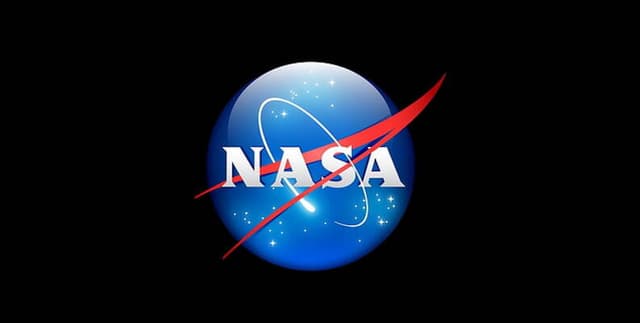Potentially Hazardous Objects from NASA
NLP / Natural Language Processing
Tags and Keywords
Trusted By




"No reviews yet"
Free
About
This dataset provides cumulative data on Nearest Earth Objects (NEOs), compiled by NASA. It addresses the inherent risk posed by celestial bodies in outer space that approach Earth. Even distances seemingly large, like 70,000 Km, are astronomically small and can disrupt natural phenomena. These objects, or asteroids, can be harmful. The dataset therefore serves to inform about objects surrounding Earth that could pose a threat, specifically listing NASA-certified asteroids classified as Nearest Earth Objects.
Columns
- id: A unique identifier for each asteroid.
- name: The name assigned to the asteroid by NASA.
- est_diameter_min: The minimum estimated diameter of the asteroid, measured in kilometres.
- est_diameter_max: The maximum estimated diameter of the asteroid, measured in kilometres.
- relative_velocity: The asteroid's velocity relative to Earth.
- miss_distance: The distance, in kilometres, by which the asteroid missed Earth.
- orbiting_body: The celestial body (planet) that the asteroid orbits. This dataset predominantly features asteroids orbiting Earth.
- sentry_object: A boolean indicator showing whether the asteroid is included in the Sentry system, an automated collision monitoring system.
- absolute_magnitude: A measure describing the intrinsic luminosity of the asteroid.
- hazardous: A boolean feature indicating whether the asteroid is classified as potentially harmful or not.
Distribution
The data file is typically in CSV format and is named
neo.csv. It has a file size of 9.48 MB. The dataset comprises 10 columns and contains 90,836 records.Usage
This dataset is ideal for understanding potential threats from near-Earth asteroids and can be used for:
- Identifying and tracking potentially hazardous objects.
- Developing and testing predictive models for asteroid trajectories and impact risks.
- Studying the characteristics and behaviours of NEOs.
- Supporting scientific research in astronomy and planetary science.
- Creating visualisations of asteroid orbits and close approaches.
Coverage
The dataset covers Nearest Earth Objects, implying a scope focused on the area around Earth in outer space. It represents cumulative data and has an expected update frequency of 'Never', indicating it is a static collection of observations rather than a continuously updated feed. There is no specific geographic, time range, or demographic scope beyond the cumulative nature of the astronomical observations.
License
CC0: Public Domain
Who Can Use It
This dataset is primarily intended for:
- Astronomers and astrophysicists: For research into asteroid dynamics and space safety.
- Data scientists and analysts: For building machine learning models to classify hazardous objects or predict close approaches.
- Educational institutions and students: For learning about space objects and data analysis.
- Space agencies and policy makers: For risk assessment and strategic planning related to planetary defence.
- Enthusiasts of space and science: For exploring real-world astronomical data.
Dataset Name Suggestions
- NASA Near-Earth Asteroid Data
- NEO Close Approaches Dataset
- Potentially Hazardous Objects from NASA
- Asteroid Orbit and Impact Risk Data
- NASA Sentry Asteroid Catalogue
Attributes
Original Data Source: Potentially Hazardous Objects from NASA
Loading...
